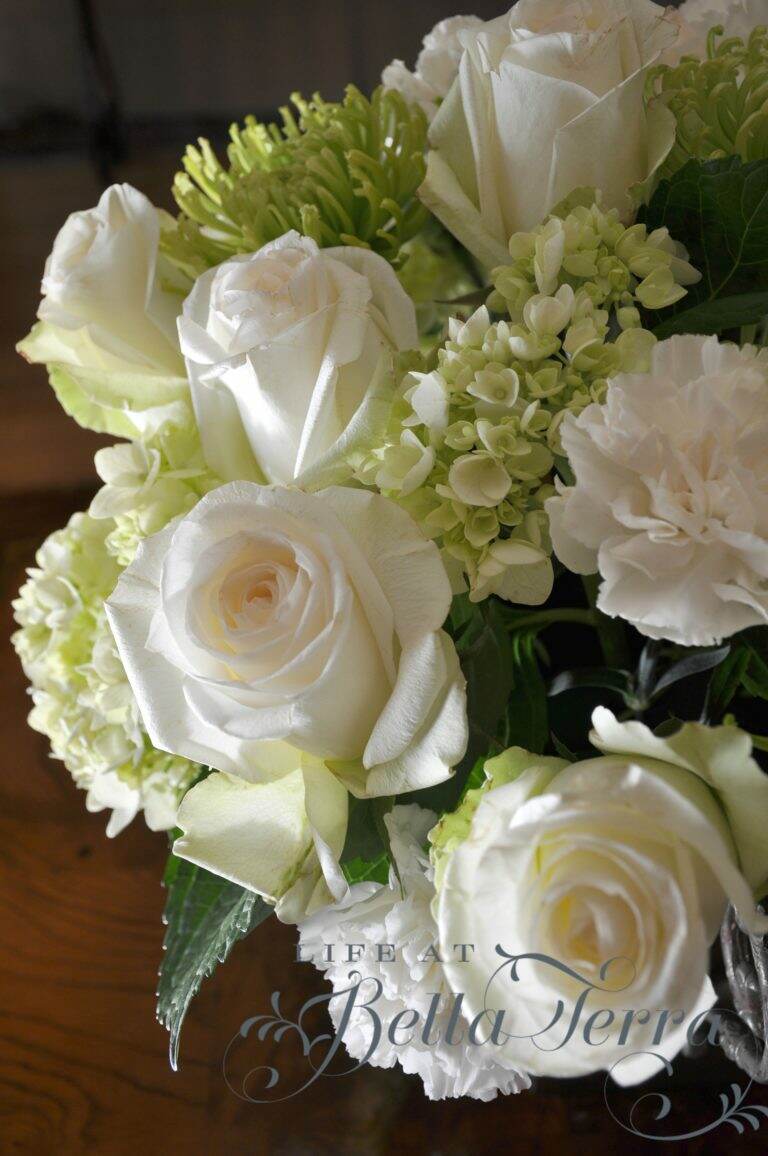Arranging Flowers
When I was in 11th grade I worked over the Christmas holidays at our local florist, Johnson Flowers and Gifts in Norwich, Connecticut. In hindsight, I wish I had paid more attention to the ins and outs of flower arranging, but being 17, I’m sure I was more interested in boys vs. blossoms. Over the…


